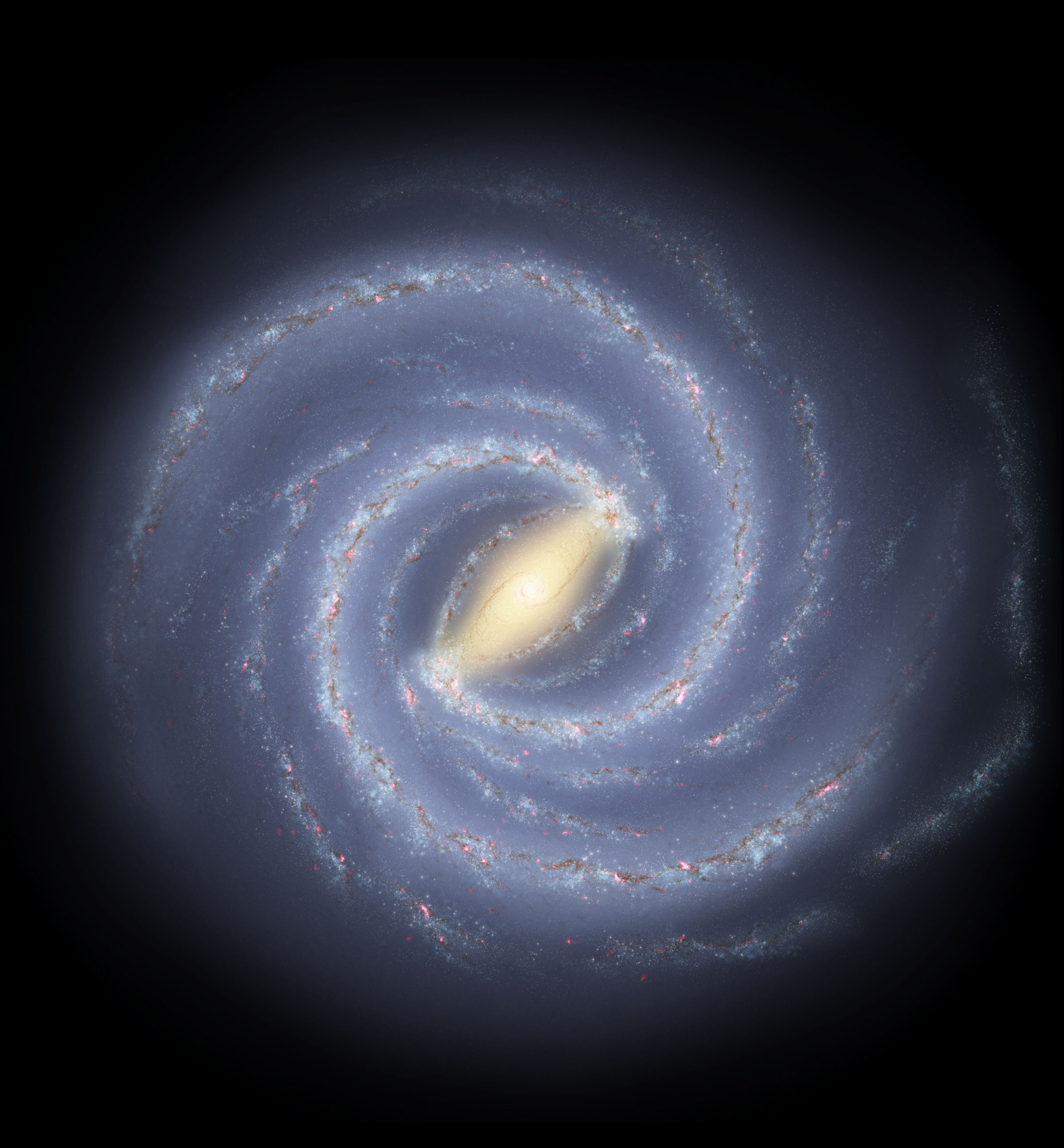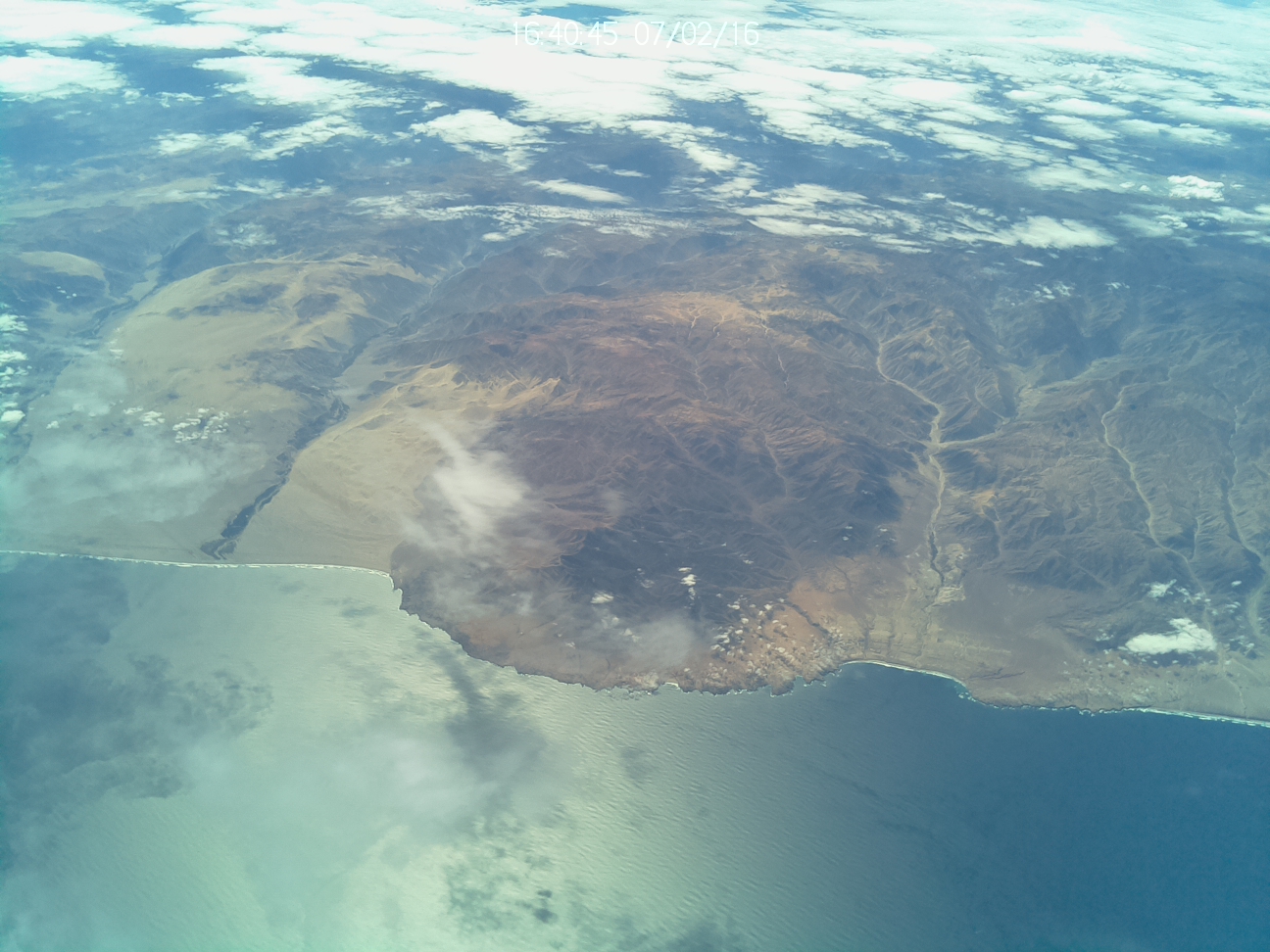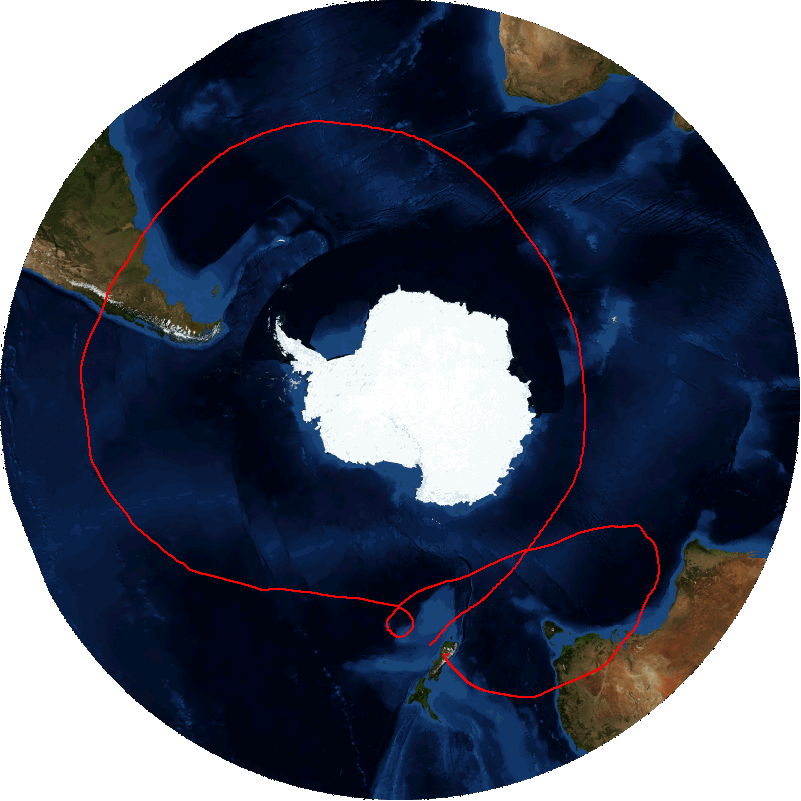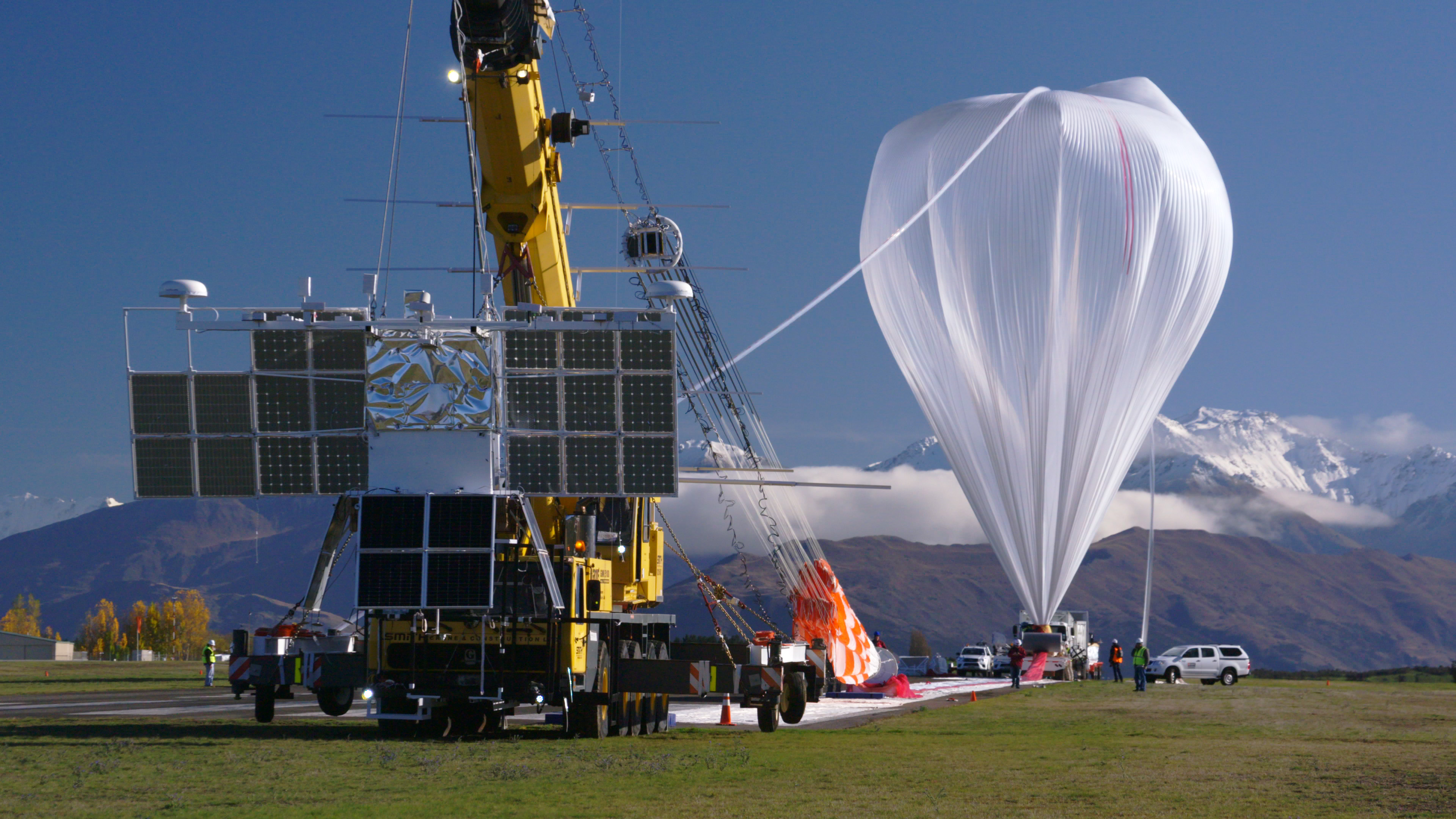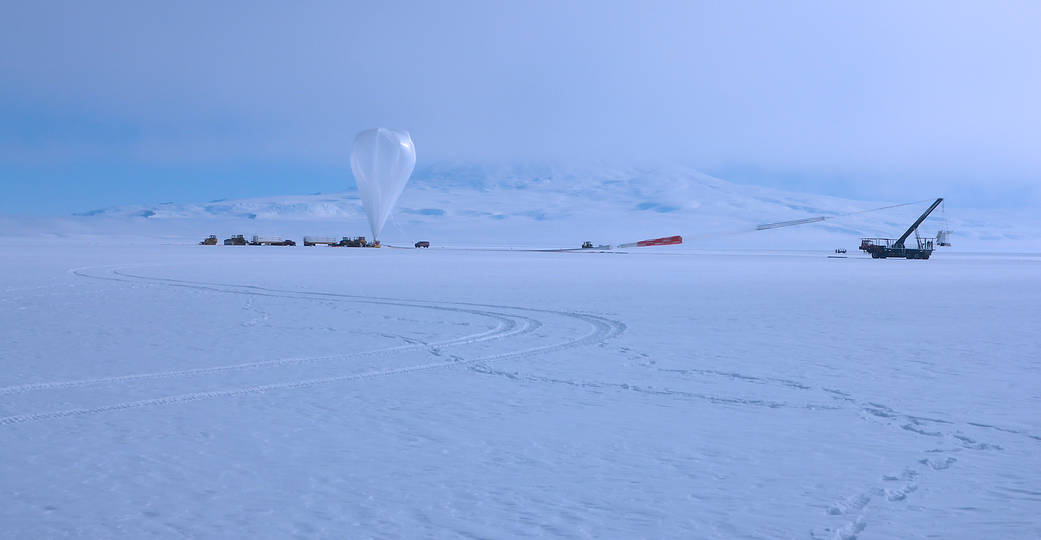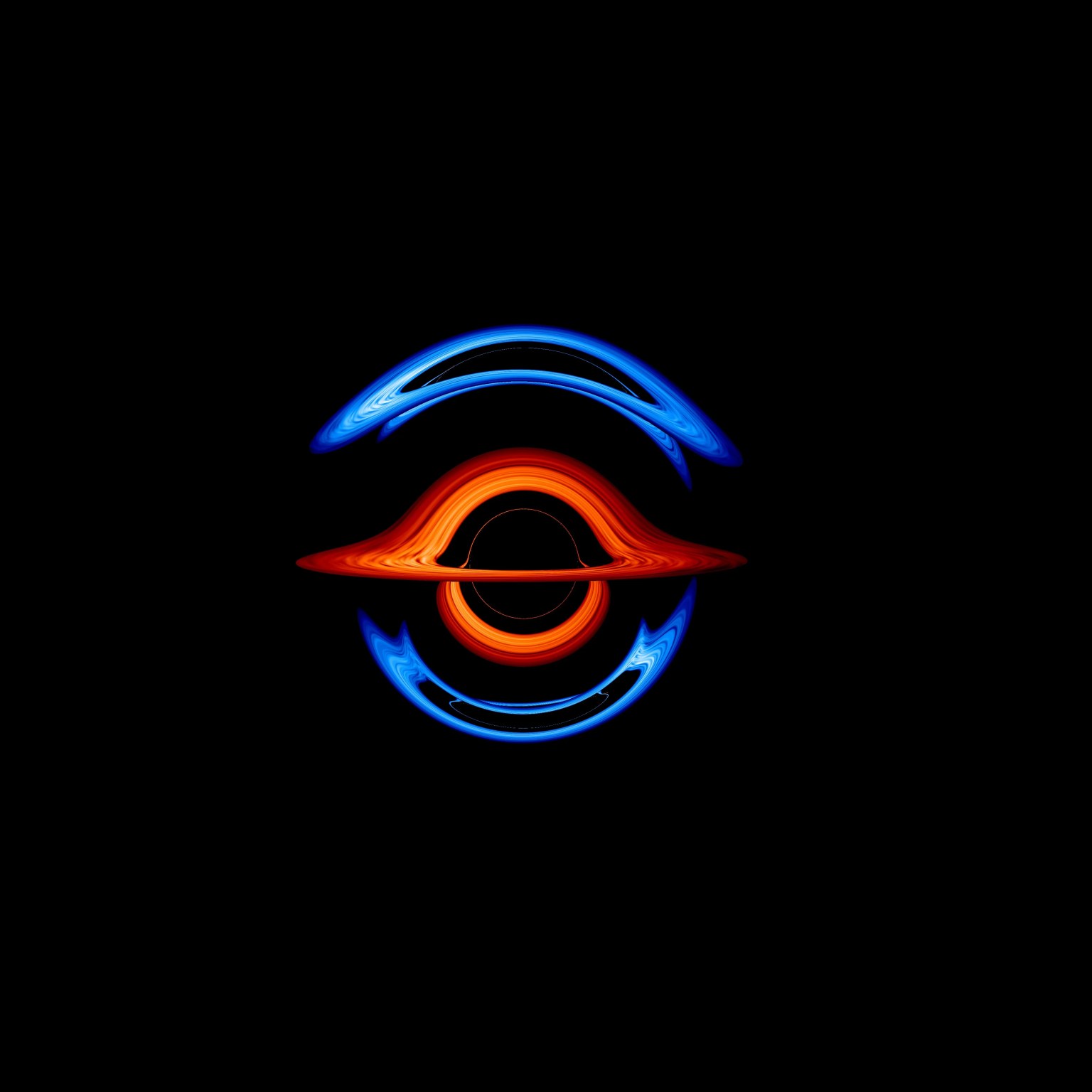COSI
Compton Spectrometer and Imager
/COSI_graphic_b_image_landscape_16_9_ratio_crop.png?w=2351&h=1305&fit=clip&crop=faces%2Cfocalpoint)
Meet COSI
COSI is an Astrophysics Small Explorer satellite mission that will probe the origins of our galaxy’s antimatter, uncover sites in our galaxy where complex atomic nuclei form, perform pioneering studies of gamma-ray polarization, and find counterparts to sources detected by means other than light, such as gravitational waves. COSI will employ a soft gamma-ray telescope using new technology to provide groundbreaking science.
The COSI satellite design is the result of extensive technology development that has been tested on scientific balloons over the past two decades. The latest flight was in 2016 aboard a NASA super pressure balloon, which is designed for long flights and heavy lifts.
COSI will help us advance our understanding of the creation and destruction of matter in the Milky Way and beyond. It operates at gamma-ray energies up to millions of times greater than visible light — between 0.2 and 5 million electron volts (MeV) — that uniquely probe astrophysical processes occurring among atomic nuclei, allowing us to directly see where new elements are being formed in our galaxy.
Image credits: COSI artist's concept, above — Northrop Grumman Systems Corporation; COMPTEL all-sky map at 1.8 MeV, below — COMPTEL Collaboration (MPE/SRON/UNH/NASA).
COSI Science Goals
-
01
Uncover the origin of galactic positrons
Electrons and their antimatter counterparts, positrons, annihilate in a flash of gamma rays when they come together. Astronomers have observed this specific wavelength (0.5 MeV) from near the Milky Way’s center since the 1970s, but the source has remained a mystery.
-
02
Reveal galactic element formation
Observing light produced by specific elements and comparing the light from different isotopes reveals information about the evolution of massive stars and the supernova explosions that end their lives. These measurements are only accessible in the gamma-ray range that COSI will detect.
-
03
Gain insight into extreme environments with polarization
Polarization measurements provide information about how emission is produced and the shape of the source. COSI will measure the gamma-ray polarization of accreting black holes at the centers of galaxies for the first time. In addition, it will study polarized light from smaller black holes and pulsars in our galaxy and from distant gamma-ray bursts.
-
04
Probe the physics of multimessenger events
Mutlimessenger astronomy combines light with other signals — like gravitational waves and neutrinos — to help scientists learn even more about the events that produce them. COSI will detect and localize short gamma-ray bursts to allow for rapid follow-up observations with other telescopes.
/COMPTEL_AL26%20unlabeled.png?w=729&h=388&fit=clip&crop=faces%2Cfocalpoint)
COSI flies on NASA’s super pressure balloon
NASA successfully launched a super pressure balloon carrying an early version of COSI (Compton Spectrometer and Imager) from Wanaka Airport, New Zealand, on Tuesday, May 17, 2016.
Learn More about COSI flies on NASA’s super pressure balloon/GSFC_20171208_Archive_e000335~orig.jpg?w=3840&h=2160&fit=clip&crop=faces%2Cfocalpoint)



























